Railway Wheel Moves Backwards
The wagon-wheel effect is an optical illusion caused by the brain processing images in a certain way. The brain fills in the gaps between images by creating the illusion of continuous motion between similar images. So if the wheel rotates along one frame (image) for most of the next frame (image), the most obvious direction of motion the brain understands is backwards.
Ever observed a car's wheels spinning backwards when driving fast? Rest assured, it's not supernatural. There is a perfectly reasonable scientific explanation.
We've all observed this strange visual phenomenon before. One wheel appears to be turning upside down, even though we know it's doing the opposite!
At first, when the car started accelerating, everything seemed normal. The wheels of the car are spinning as one would expect. However, as soon as the wheels start to gain considerable speed, anomalies arise.
At a certain point, the rotation of the wheel appears to gradually slow down, then stop completely within a few moments. When it recovers, the spin moves in the opposite direction. We can clearly observe that the wheel appears to be spinning backwards (in the opposite direction of its motion).
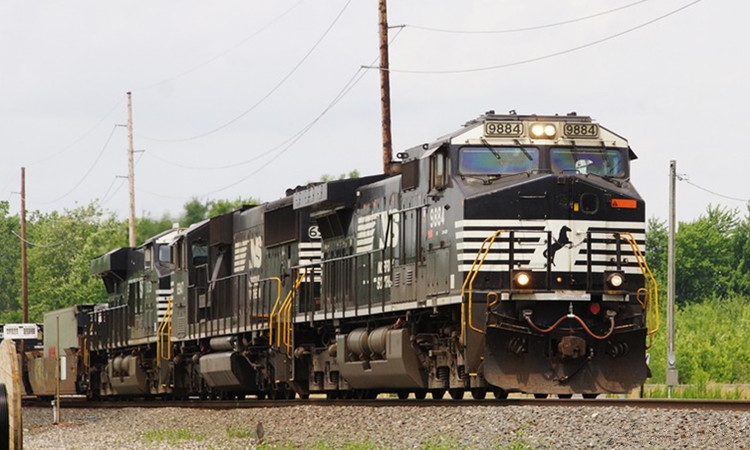
Is this an illusion or a real phenomenon?
In fact, it is both, known as the wagon wheel effect.

This effect is mainly observed in TV or movies. Cameras used in film do not capture continuous footage, but many images per second. Typically, this capture rate is around 24 to 50 frames per second. Our brains fill in the gaps between similar images by creating an illusion of continuous motion between them.
So if the wheel rotates along one frame (image) for most of the next frame (image), the most obvious direction of motion the brain understands is backwards. This is the explanation of the phenomenon in the film.
However, we also observe the same illusion in real life. Of course, we can't blame the shutter speed either!
So what is the reason?
There are currently two theories in this particular field of study…
1) Visual cortex
The visual cortex is almost like a movie camera, processing sensory input in temporal packets, taking a series of snapshots, and then creating a continuous scene. Perhaps our brains process these still images the same way they process frames in a movie, and cause perceptual errors due to the limited frame rate. This happens when the light is gated (discontinuous).
2) Perceived competition
According to this theory, adjacent spinning wheels were observed as if they were switching directions independently of each other. According to movie camera theory, the two wheels should not behave differently because the frame rate of everything in view is the same.
This has led some scientists to come up with a theory that explains the effect as a result of perceptual competition, which occurs when the brain produces two different interpretations of a situation, as a way to explain ambiguous (unclear) scene. The dominant perception is what we "believe" (in this case, the wheel is actually turning upside down).
So, it's true, there's more to this whole thing than we see, because science always plays a role in what we observe!
We are a professional train wheel manufacturer. Follow us to learn more about our train wheel expertise.

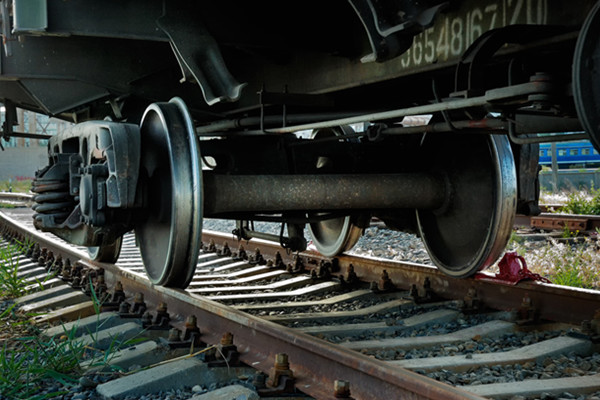
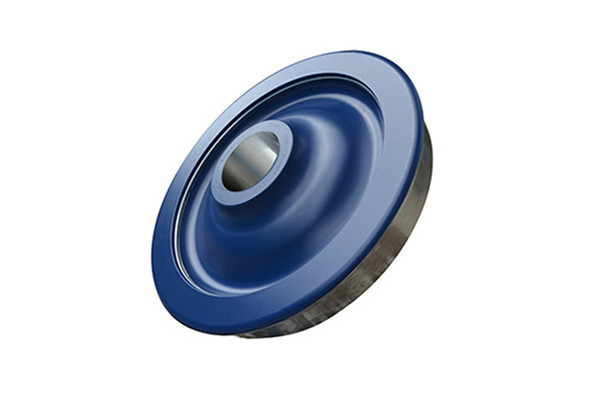
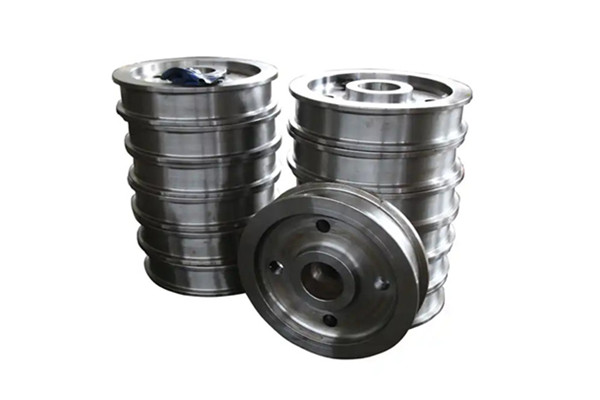
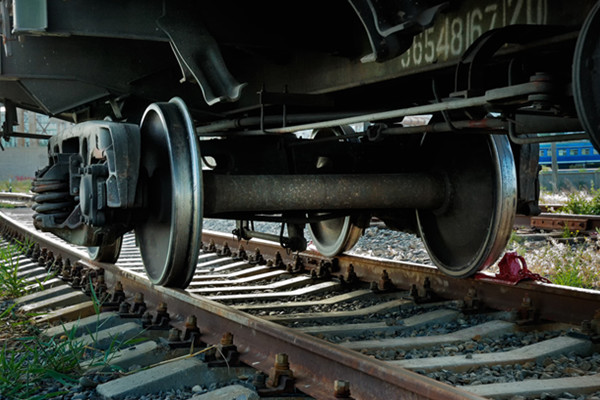
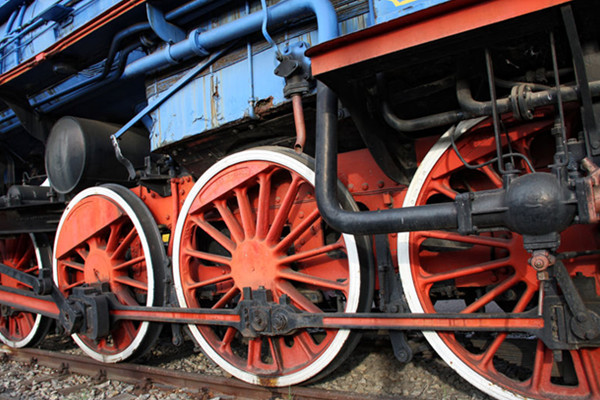
Drop Messages
Please contact us with any concerns or questions you have.